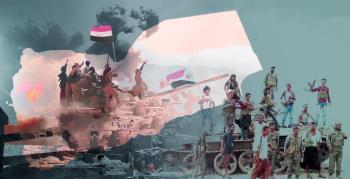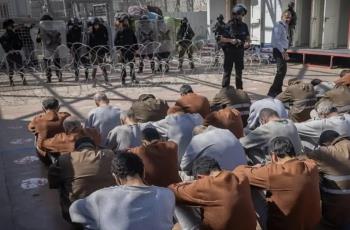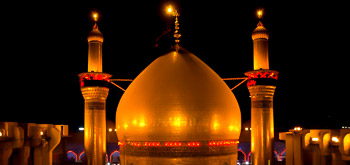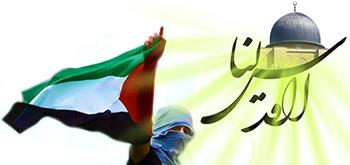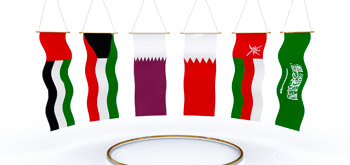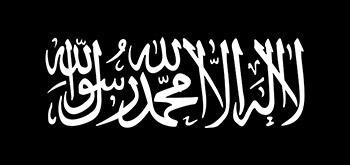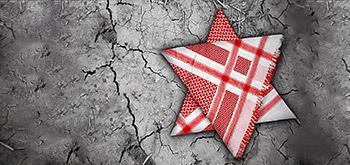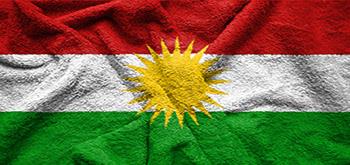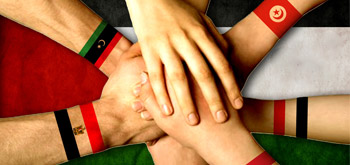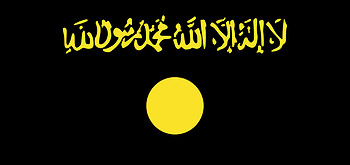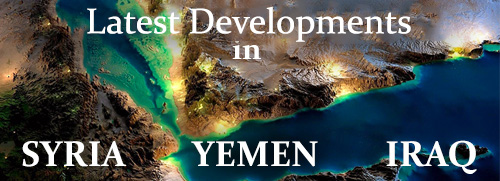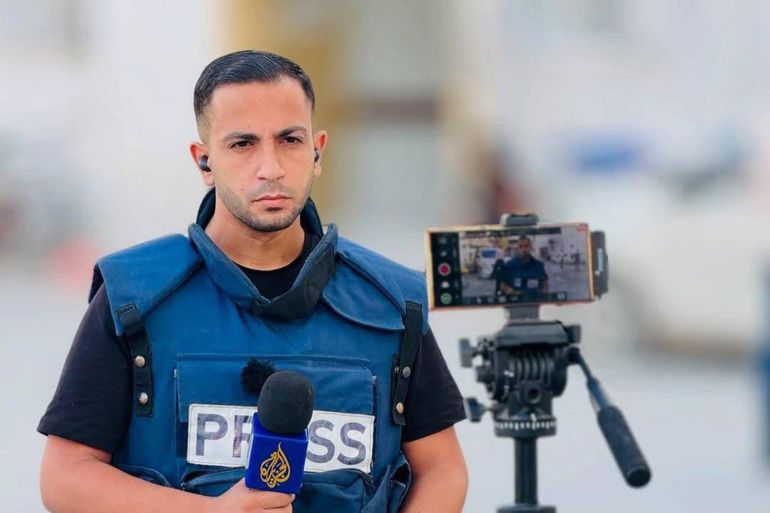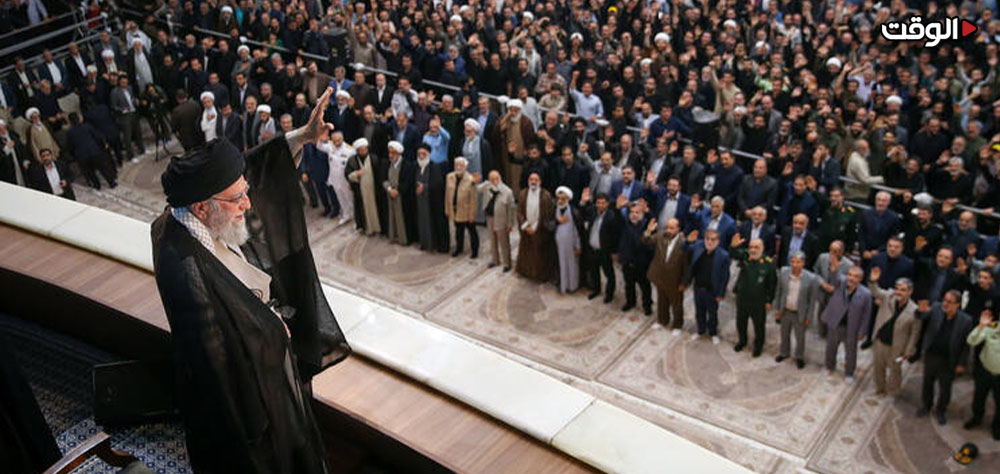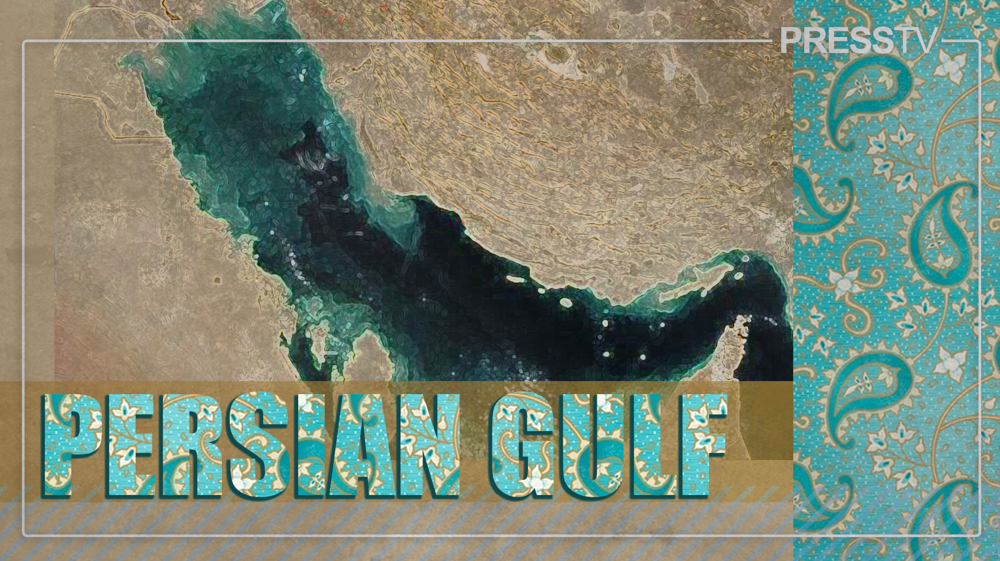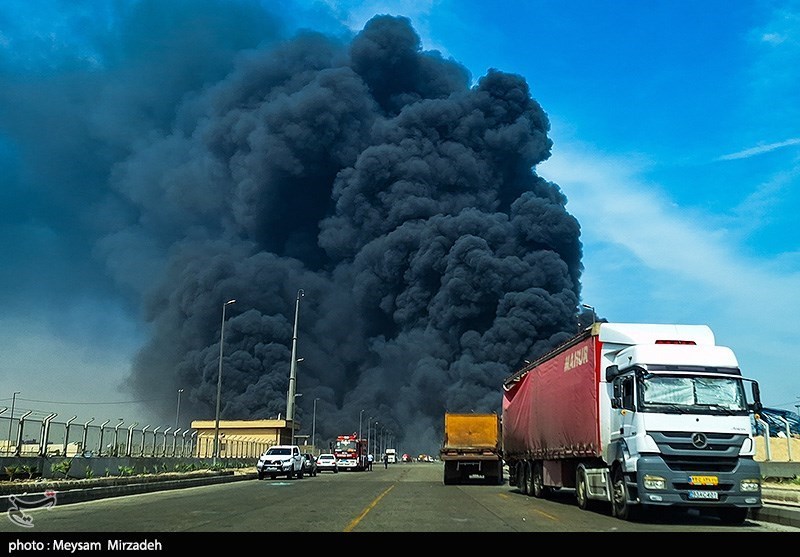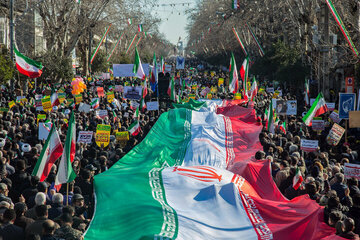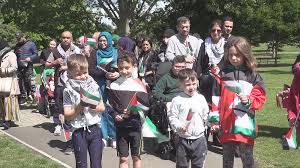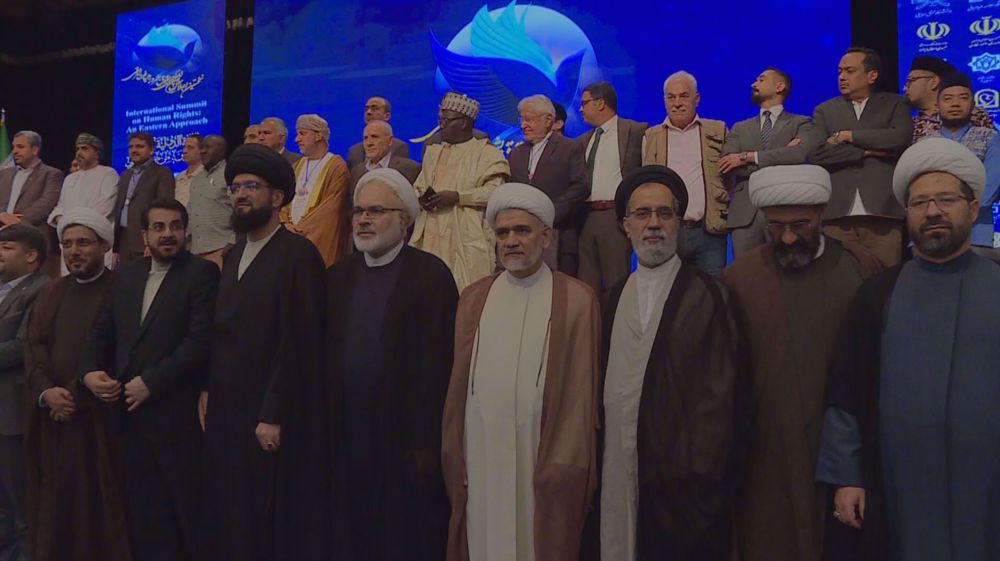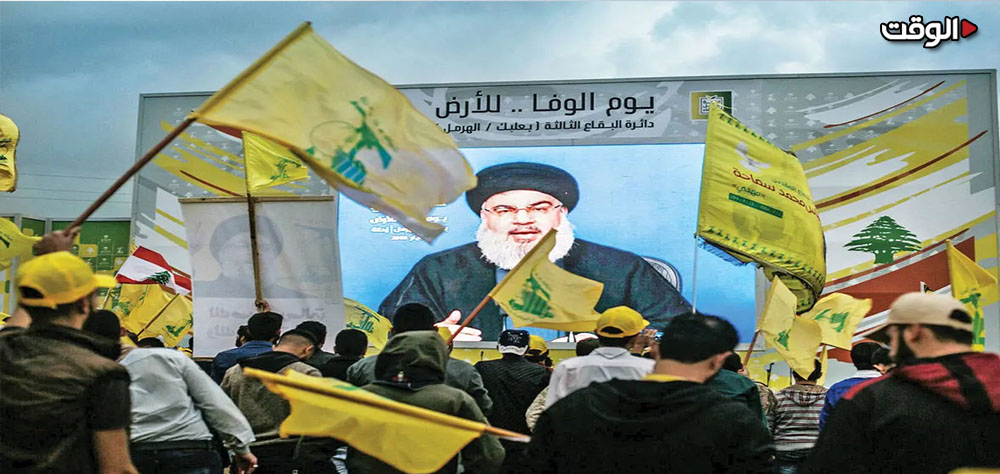Alwaght- Since its founding, Israel has routinely suppressed and assassinated journalists to cover up its crimes in occupied Palestine. This policy has reached unprecedented levels in Gaza, where—alongside the brutal massacre of civilians—the Israeli military has systematically targeted and killed journalists.
The latest example happened on Sunday when Israel killed one of the most prominent journalists of Gaza in the local and international news networks. Anas Jamal al-Sharif a reporter of Al Jazeera and his colleague Mohammed Qreiqe along with three cameramen and technical experts were killed in an Israeli airstrike targeting their tent near Shifa Hospital in Gaza City. This strike has silenced the journalists who stood firm in the scene and reported the Israeli genocide to the world public.
Israeli army, claiming responsibility and accusing him of membership in Hamas resistance group, tried to justify the crime, but these allegations were rejected by Al Jazeera and the international organizations protecting the press.
The news of Anas and his colleagues’ martyrdom struck the Palestinian people, the global journalism community, and all who cherish freedom like a thunderbolt. Anas had become a symbol of Gaza’s media coverage, making his loss even more devastating. This was no accident. It was a deliberate assassination, beginning with threats and intimidation against these journalists and their families, and ending with their cold-blooded targeting.
The tragic event sparked a wave of international condemnation, with the Committee to Protect Journalists, Reporters Without Borders, and UN experts condemning the killing of Anas and his colleagues and calling for an investigation and accountability for the Israeli occupiers. They stressed that the previous and explicit Israeli accusations against Anas were part of a deliberate campaign to discredit Anas, Mohammad, and other journalists who had disclosed to the world the brutality of the occupiers.
With the killing of these five journalists, the number of journalists killed by the Israeli occupation in the Gaza war has reached 238, a crime unprecedented in any war. This horrific figure is the culmination of what researchers call “media genocide.”
A study published by the Al Jazeera Center for Studies in July 2024, titled “The War on Gaza and the Engineering of Media Genocide of the Palestinian Journalist Community,” explained that this targeting was not random, but a calculated and systematic act.
The comparisons provided by the study show that in just 210 days of the war, 153 journalists were killed, that is, one journalist every 33 hours, which is equivalent to 12.75 percent of Gaza’s journalists, a figure that is not comparable to any war, including World War II and the Vietnam War.
Attacks on the media and journalists are more evident than ever during the genocidal Israeli war on the Palestinians. The Israeli regime killed 16 journalists and reporters during its 51-day military invasion of Gaza in 2014, and several photographers were injured in these attacks.
During the 11-day war between Israel and Gaza resistance groups in May 2021, the Israelis also targeted the offices of Al Jazeera and the AP. At the time, Tel Aviv authorities justified the crime by claiming that the 12-story Al-Jala Tower housed Hamas military and intelligence resources.
Also in the 11-day war, 80 journalists in Gaza were injured and 15 others lost their houses and were displaced. In the current war, Al-Jawhara Tower as a home to offices of Palestine newspaper, Al Arabiya, Al Mamlaka, and API
was reduced to rubbles. These are just part of the Israeli crimes targeting those relating the truth from the occupied Palestinian territories.
Who was Anas al-Sharif?
Anas al-Sharif was born in 1996 in Jabalia Refugee Camp in northern Gaza. In 2018 and after graduation, he started his career as a freelance journalist and in the same year, he was injured by Israeli troops when he was covering Gaza protests against the Israeli occupation.
But the peak of his professional job started on October 7, 2023, and at when Israel began it's invasion of Gaza, he joined Al Jazeera in a push to reveal to the world the Israeli brutality and crimes to the world. In his reports, he portrayed children crying all the nigh from starvation, mothers searching for food in the rubles, and school tents sheltering thousands of displaced civilians.
He was not covering the war remotely, rather, he was waking in the streets, burying the martyrs, and reporting the genocide while happening.
Thus, with his shocking reports of the humanitarian situation in Gaza, Anas rose to prominence and became a familiar face to the point that the occupiers considered him a threat as they grew intolerant of his reports of genocide in Gaza.
Blinding the eyes of truth
The Israeli regime knows very well that in the age of social media, bullets and bombs determine only part of the war, and the decisive part is determined in the battle of narratives. Journalists who record scenes of destruction, the death of children, and the displacement of thousands of families with their cameras and pens are in fact the most important obstacle to the project of concealment and distortion of reality.
Tel Aviv knows that political legitimacy and diplomatic support are strongly dependent on the view of public opinion, and if the dominant narrative in the global media about Gaza is the narrative of victims and destruction, public opinion pressure on governments to condemn or boycott Tel Aviv will increase, and targeting journalists is part of an effort to break this chain of pressure.
The fact that millions of people around the world, especially in Western countries, are holding massive protests against the Israeli crimes shows that the media has succeeded in covering up the crimes against the Palestinians, and this is a terrible nightmare for the leaders of Tel Aviv.
The targeted killing of journalists in Gaza cannot be described as mere side events of the war, and numerous evidence and reports show that many of these attacks were carried out precisely and deliberately. The location of the journalists was often known to the Israeli forces, and some of them even wore bulletproof vests with the “PRESS” logo. This means that the goal is not only to eliminate a military threat, but also to silence a disturbing voice in the narrative so that the dimensions of the occupiers’ crimes remain hidden.
Observers say that fabrication or exaggeration on the journalists' connections to the resistance is sometimes used to clear the media space before ground operations or large-scale attacks, and the recent massacre of Al Jazeera journalists occurred shortly after Tel Aviv announced its intention to fully occupy Gaza.
Many describe these crimes as a prelude to destroy the remaining field coverage of the war and silence the voices of the first-hand witness of starvation and destruction. So, Tel Aviv by eliminating the eyewitnesses tries to impose on the world public opinion a one-sided narrative, a narrative in which the responsibility for crimes is removed or reversed.
Strategically, this measure is part of the policy of "curbing the information." Since journalists in a war are the biggest obstacle to distortion of reality and their reports would later be cited by the media outlets and even international courts, their assassination actually eliminates a testifying source helping the Israeli criminal leaders get away with their heinous crimes.
Furthermore, with its attacks on the journalists, the Israeli occupation sends a clear message that narration of Gaza war has costs and this can push the journalists to walk back from covering the crimes in Gaza and help restrict the circle of independent news sources.
With this policy, Israel may be able to slow down the spread of the true narrative, but it is more impossible than ever to completely silence the voice of truth in a world where every mobile phone can be a medium. This strategy will not only not destroy reality, but also will remain in the historical memory of nations as a document of a military power’s fear of a human truth.
Though Israeli crimes against journalists are on the rise, these people by reporting the Israeli attacks without any fear or trepidation are trying to alleviate some of the suffering of the Palestinians, who have been under aggression for more than 7 decades. The Palestinians, who have been frustrated with lack of support of the big powers and the Arab world for the liberation of their lands, set their hopes on media coverage Israeli crimes which Israelis struggle to block. So, now journalists and media pose a threat for Tel Aviv more than Palestinians do.
Overall, with targeted killing of journalists, Israel seeks to curb the narrative of war, but in today's world of social media, any bullet that silences a journalist actually causes a louder echo of truth to the world. Actually, the broader these crimes, the broader the interest of the public opinion to follow occupied Palestine developments. This more than ever reveals to the world the Palestinian right in the struggle against the occupation regime.

